How to grow Asparagus? What are the effects and effects of Asparagus? The root of Asparagus is one of the commonly used Chinese herbal medicines, and its medicinal value is extremely good. Asparagus generally grows in the shade of wetlands in the wilderness of the mountains. The following medicinal value and cultivation techniques of Asparagus are brought to you for reference only!
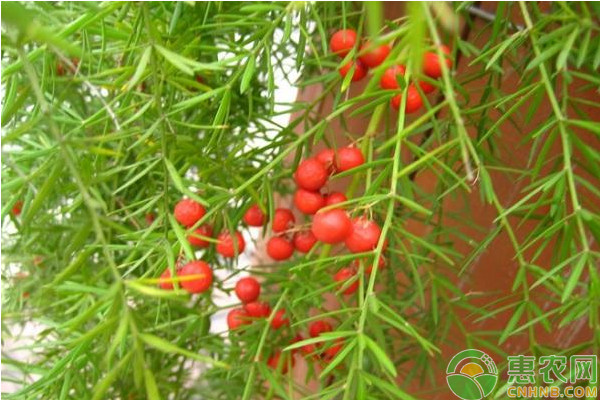
1 Tianmen winter medicinal value
1.1 Detoxification
The root of Asparagus is a commonly used traditional Chinese medicine, which is cold, sweet, bitter, non-toxic, containing saponins, polysaccharides and amino acids and other active ingredients. It has the effects of nourishing yin and moistening, clearing away heat and detoxifying. It can be used for the treatment of colds and fever, lung dryness, heat and zinc injury, bone steaming hot flashes, upset and insomnia, internal heat and thirst and constipation.
1.2 Antibacterial immunity
The roots of Asparagus have a good antibacterial effect. Experiments have shown that Tianmendong root decoction can be used for all kinds of fungi such as Bacillus anthracis, A and B hemolytic streptococcus, diphtheria bacillus, Streptococcus pneumoniae, Staphylococcus aureus, Staphylococcus aureus and Staphylococcus aureus. To a better inhibition effect. "Shen Nong's Materia Medica" records that it is called "long-term service, light body and good fortune" in Tianmen Winter. Modern medicine believes that long-term consumption of Asparagus can enhance human immunity.
1.3 Anti-ulcer and anti-diarrhea
Asparagus also has a strong anti-ulcer effect. The experimental results against mice showed that the extract of Asparagus has a good inhibitory effect on gastric ulcer and duodenal ulcer, and can significantly reduce gastrointestinal diarrhea. Studies on gastric juice and mucosa have shown that asparagus can promote the increase of mucosal defense factors and has a good antioxidant effect.
1.4 anti-tumor effect
Asparagus also has a strong anti-cancer effect. It has been proved by experiments that aspartate has a good inhibitory effect on leukocyte dehydrogenase in patients with acute lymphoblastic leukemia, chronic myeloid leukemia and acute monocytic leukemia. Aspartate extract can also be well controlled for tumor cell growth.
1.5 Other effects
The pharmacological research of Asparagus has a wide range of research. Experiments have shown that Asparagus has anti-oxidation of sulfur dioxide gas. The total order of aspartame has estrogenic effects, which can protect the mammary gland and reproductive organs of female animals. Asparagine can be applied to the treatment of female lobular hyperplasia and gynecomastia. In addition, Asparagus has anti-radiation and anti-calculus effects, and it also has certain effects in beauty.
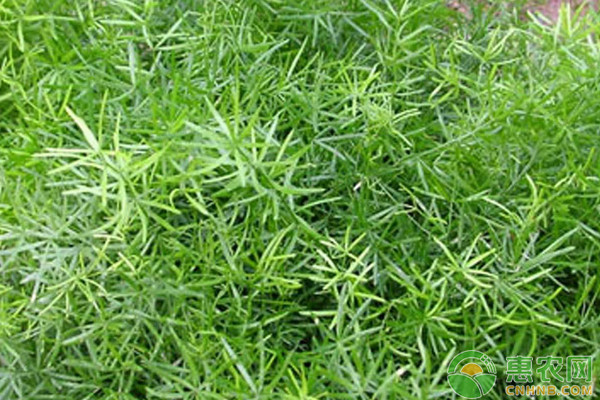
2 Aspartate biological characteristics
Asparagus is warm, damp, not cold, avoid drought or direct sunlight. It should be grown in a mild and humid climate and environment. It has certain requirements for shading and is suitable for interplanting with other crops. Tianmendong has strong adaptability and developed roots. It can be cultivated in sandy loam soil with thick soil layer, fertile and loose, moist, rich in humus and good drainage. It should not be poor in soil, poorly drained or windy and dry clay or barren. Planted on the soil.
3 Tianmendong cultivation techniques
3.1 Land preparation and land preparation
For the cultivation of Asparagus, the sandy loam with thick, moist and nutrient soil should be selected, and the sand planting should be chosen for mountain planting. If planted in the woodland, choose a sparse mixed forest or broad-leaved forest. If planted in the farmland, it should be intercropped with other crops. The roots of the Tianmendong can be deep into the soil, up to 50cm. Before planting, the soil should be deep-turned. The drainage ditch should be opened around the area, the base fertilizer should be applied, and the surface should be smoothed.
3.2 Breeding methods
The breeding of Asparagus can be divided into seed breeding and ramets breeding. Every September to October, the fruit is harvested after it matures. After the accumulation of fermentation, select the grain to be full and leave the seed. Sowing is divided into spring sowing and autumn sowing. Autumn sowing generally lasts in September, and the rate of germination in autumn is high, but the land is used for a long time, and management is laborious; spring sowing is carried out at the end of March, and the land use is short and the management is relatively convenient. Before the sowing, the horizontal groove was opened in the raft; the groove distance was 18-22 cm, the depth was 5-7 cm, the broadcast width was 8 cm, and the seeding was evenly spread, and the seed distance was 2-3 cm. About 12 kg of seeds are used per 667 m2. Cover the straw after sowing to help moisturize. When the temperature and humidity are appropriate, more seedlings can be produced after 18 days of sowing. At this point, it is necessary to provide shade for the seedlings and keep the soil moist. When the height of the seedling is about 3 cm, the grass is fertilized. In the autumn sowing, it should be combined with loose soil fertilization, and the diluted human and animal manure water should be used for more than 1000 kg per 667 m2.
The ramets are propagated before the germination of the plants in March and April. The large roots are excavated, and the plants with more buds on the roots are divided into several clusters. Each cluster has one or two buds, which are used as breeding plants and cave plants. A cluster of each hole, the roots are evenly arranged to make the roots stretch, the seedlings are positive, the grass ash is sprinkled, and the soil is compacted. This method can be combined with harvesting. The wettability of the seedlings should be controlled, and the seedlings should be produced within 15 days.
3.3 Colonization
Seedlings of more than one year can be colonized. At the end of October or the end of spring, when the seedling height is 10-12 cm, the soil is planted. When planting, they are planted according to their size. Open the hole according to the standard of 50 cm line spacing and 24 cm spacing. Plant 2 rows of Asparagus, and leave a spacing of 50 cm, and plant 2 rows of Asparagus. The colonization method is similar to that of the ramets, and other crops can be planted between the remaining rows. In Chishui, it is suitable for interplanting with high-yielding crops such as corn and sunflower.
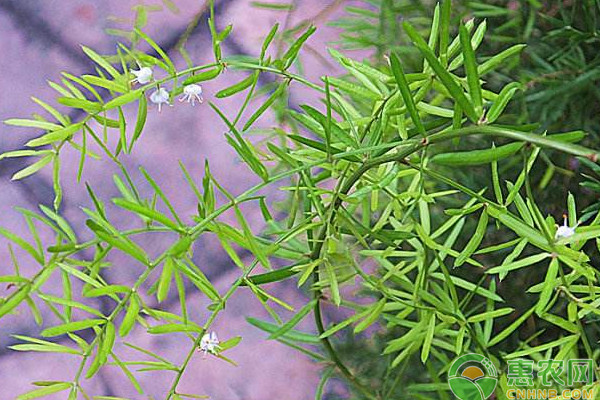
3.4 Field Management
3.4.1 Replenishing seedlings
The plant growth will be thoroughly examined within half a month after planting. If there is a phenomenon such as death and lack of plants, it should be removed and replenished.
3.4.2 Water Management
Asparagus is suitable for longer than the damp environment. The growth cycle has a large demand for water and is not strong in drought resistance. Therefore, it should be timely watered during drought, and the main drainage work after rain. Do not continue to drought or accumulate water to keep the soil relatively Humidity is about 70%. Before planting, it is helpful to properly install sprinkler irrigation facilities and deep excavation of drainage ditch to increase its output.
3.4.3 cultivating and weeding
After planting Asparagus, because the seedlings grow slowly, it is prone to weeds during the period and requires regular weeding. When the seedling height is 30 cm, the first cultivating and weeding is carried out, the weeds around the kneading surface and the roadside are removed, and the herbicide is not applied as much as possible. In the future, according to weed growth and land compaction, three to four times of cultivating and weeding should be carried out at the appropriate time each year. The last cultivating and weeding should be combined with the soil before the frost to protect the roots of the plants and help them to survive the winter. Care must be taken when weeding, pay attention not to cut off the stems of the plants, the tillage should not be too deep, avoid damage to the roots, keep the soil loose, and do not leave weeds in the pot.
3.4.4 Topdressing
Tianmendong is hi-fertilized, but Chinese herbal medicines cannot be harvested with a large amount of fertilization, and should pay attention to its quality and choose a reasonable amount of fertilizer and time. The first fertilization can be carried out during the germination of Asparagus. It is possible to infect the root incision too early and affect the survival. After that, the topdressing combined with the base fertilizer and the growth of the plant depends on the combination of cultivating and weeding, applying the stagnation of manure, grass ash and other organic fertilizers, and adding fertilizers such as urea and calcium magnesium phosphate. When fertilizing, it should be applied at the edge of the ditch, and the fertilizer should not directly touch the root. After the fertilizer is applied, the soil will be compacted and the humidity management of the soil will be strengthened to enhance the absorption of the fertilizer.
3.4.5 Rack trimming
After one year of cultivation in Asparagus, the growth rate is accelerated. When the vine grows to 40-50 cm, it must be framed, inserted with bamboo rafts (1.5 m high, 20 cm into the soil), and the tops of adjacent bamboo rafts are bundled as a support. So that Asparagus can climb and grow, it also promotes the photosynthesis and root growth of Asparagus. The scaffolding is also conducive to field management. When leafy branches grow too dense or have dead leaves, they must be trimmed.
3.4.6 Pest Control
Root rot is the primary disease that threatens the growth of Asparagus. It is generally caused by bite roots being bitten by underground pests or when fertilized in loose soil, and the soil moisture is too large to cause infection, resulting in root spoilage. The root rot manifests itself in the rot from the bottom of the root, and then spreads to the roots. Finally, the inside forms a paste, and the roots become black and vacant. In response to this situation, it is necessary to remove the diseased plants in time, and sprinkle lime around them, and at the same time do drainage work to prevent the spread of germs and spread the infected area. The insects of Asparagus are aphids and red spiders. In order to prevent pests, it is necessary to carry out the clearing garden in the winter, and buried or burned the dead leaves to eliminate the insect source. In the initial stage of the damage, it is sprayed with a 0.2-0.3 Baumeite sulphur mixture or a 25% insecticidal hydrazine agent 500-1000 times, once a week for three weeks.
4 days of winter harvest
It is more appropriate for Tianmen to harvest in the third year. Premature harvesting results in small roots, low yields, low extraction of active ingredients, and late harvesting will affect soil utilization. The harvest period is preferably from October to March, when the roots are large, the water content is small, and the yield is high. When harvesting, remove the stent first, cut off the branches, dig the root soil, and remove the roots. The larger roots are processed as medicinal materials, and the small roots are rooted and used as seed.
In summary, the medicinal value of Asparagus is high, its cultivation technology is relatively simple, and it is suitable for a wide range of areas. With the development of science, the scope of clinical application of Asparagus will become wider and wider. According to the actual situation, all localities can reasonably grasp the supply demand of the winter market and develop the Tiantian winter industry. It will have positive significance for farmers to get rid of poverty and increase poverty and help them out of poverty.
Millimeter Wave Therapy Machine
What is Millimeter wave therapy?
Millimeter wave is 1-10mm electromagnetic wave, it is equal to frequency range 300GHZ-30GHZ, it is a low power, short wavelength, high frequency electromagnetic wave and locates in interchange of the light wave, also called extremely high frequency electromagnetic wave.
Millimeter wave electro-magnetic therapy is supplemented by way of energy through the meridians, body fluid pathways, neural pathways, to regulate patient immune system.
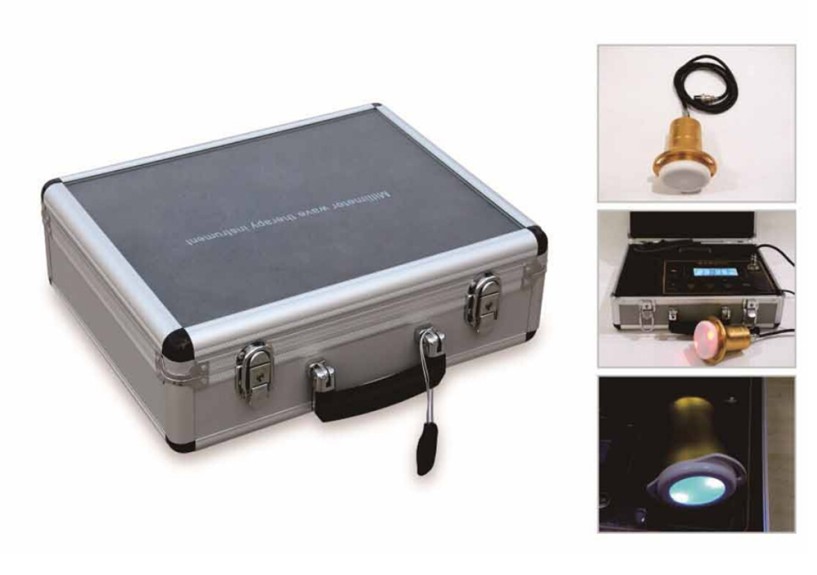
Millimeter wave application:
Millimeter wave is a kind of green therapy that is safe effective and non-toxic side effects, its unique [Electromagnetic resonance theory of coherent oscillation"and Non-thermal remote effect", have obvious effect on the biological macromolecules, cell and visceral organ, can promote the growth of hematopoietic cell, improve the body` s immune system function, promote tissue repair regeneration, promote inflammation absorption and ulcer healing, coordinate the body`s physiological function by the resonance effect of oscillation frequency, thus get a significant biological effects.
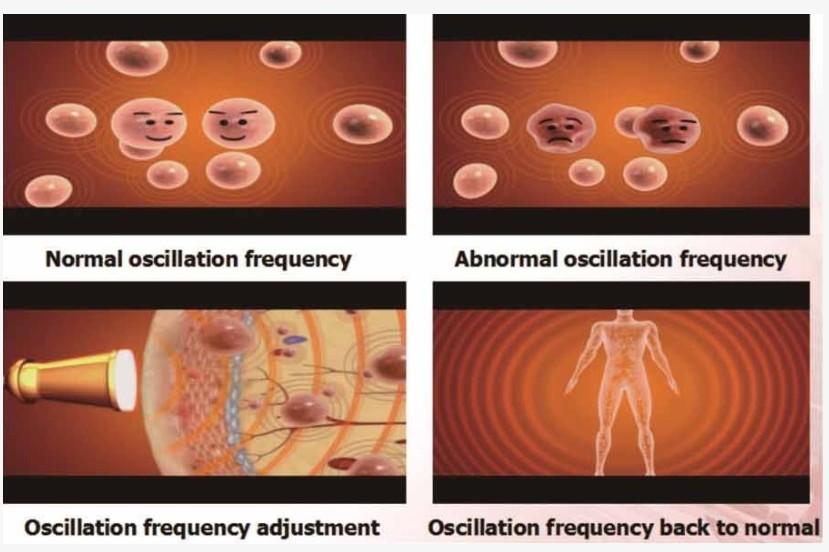
Millimeter wave Therapy Machine Main functions
1. Non-thermal effects
Millimeter does not treat diseases via increasing body temperature. In the treatment of diseases, no thermal, no pain, no simulation, an internationally recognized green therapy.
2. Distal effects
Millimeter wave can be conducted through the inter-cell, neural, humeral, an other means of the meridian through the irradiation point on the biological activity, or even the effect of the body up to the depth of the lesion.
3. The cumulative effect of time
Millimeter-wave of cell repair and adjusting will take some time, with the increase in the number of treatments:the more intense the millimeter-wave effect on the biological effects of the body, the treatment effect is more obvious.
Millimeter-wave therapy can be applied to many special occasions, either as a single therapy, or combined with a variety of other medical methods for safe usage.
Millimeter Wave Therapy,Millimeter Wave Therapy Machine,Wave Therapy Machine,Millimeter Therapy Machine
Shenzhen Guangyang Zhongkang Technology Co., Ltd. , https://www.szlighttherapymachine.com